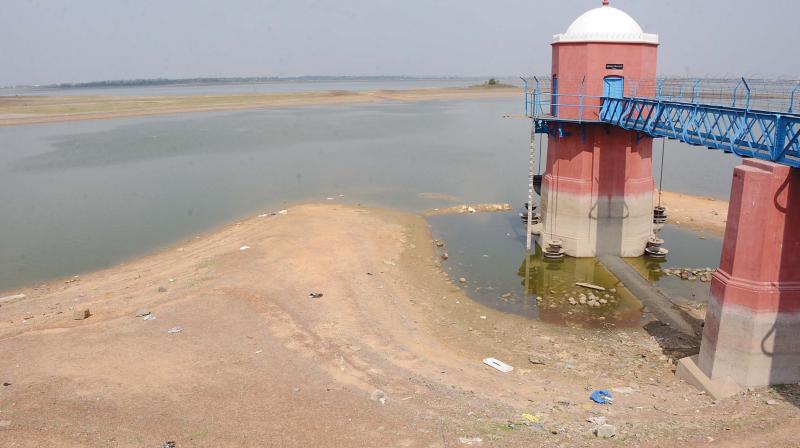Can Chennai avoid Day Zero scenario?
With open wells in most of the places drying up, people have begun sinking borewells up to 700 feet only to find water with high TDS level.;

Consequent monsoon failure and nil summer showers have deepened the water crisis in the state, especially in Chennai. Signs are ominous enough to convince anyone that the capital city is on the brink of water crisis.
With open wells in most of the places drying up, people have begun sinking borewells up to 700 feet only to find water with high TDS level. Several residential areas dependent only on groundwater just a year ago have realised that their borewells have also gone dry. For those in multi-storied apartments in areas like Pallavaram-Thoraipakkam road and OMR, who do not have metro water connection and depend only on private lorry tankers for their drinking water, the threat of water scarcity looms large. Besides, they have begun shelling out more money to water tankers.
In other parts of the city, Chennai Metropolitan Water Supply and Sewerage Board has reduced the supply.
With water levels in city’s four major reservoirs in Poondi, Red Hills, Chembarambakkam and Cholavaram plummeting, metro water board has begun tapping water from quarries in Sikkarayapuram. And with two desalination plants turning inadequate, the board has begun identifying other quarries and lakes for drawing water. One more reservoir to be built on the fringes is likely to supply drinking water to the city and the neighbouring areas soon.
Rapid urbanisation and booming population have taken a toll on catchment areas and water bodies. Recently, the Madras high court asked the state government about the steps taken to stop encroachment on water bodies.
As part of smart city mission, some of the water bodies in the city are being rejuvenated and beautified. After the 2015 deluge, the corporation with the help of NGOs and citizens had restored a few lakes to enhance their water retention capacity.
Also, the new design for rainwater harvesting structures has been incorporated in the Tamil Nadu Combined Development and Building Rules, 2019. If the new rules are implemented and all houses have effective rainwater harvesting structures, the city can fall back on groundwater during water scarcity.
NITI Aayog, last year, had warned that there would be no fresh water in Chennai in the coming decades.
A new report by a non-profit organisation, WaterAid, released to mark World Water Day on Friday (March 22), states that one billion people in India live in areas of physical water scarcity, of which 600 million are in areas of high to extreme water stress.
Our failure to safeguard hundreds of water bodies coupled with unplanned concretisation and poor monsoon have led to falling groundwater level and drying reservoirs.
People should come forward and actively take part in rejuvenating water bodies in their areas on a priority basis so that they serve as water harvesting and groundwater recharge structures. A composite water governance department with adequate statutory powers can be formed to address our recurring water woes. Such earnest measures will help us avoid a Day Zero scenario like the one Cape Town, South Africa, has been facing.

